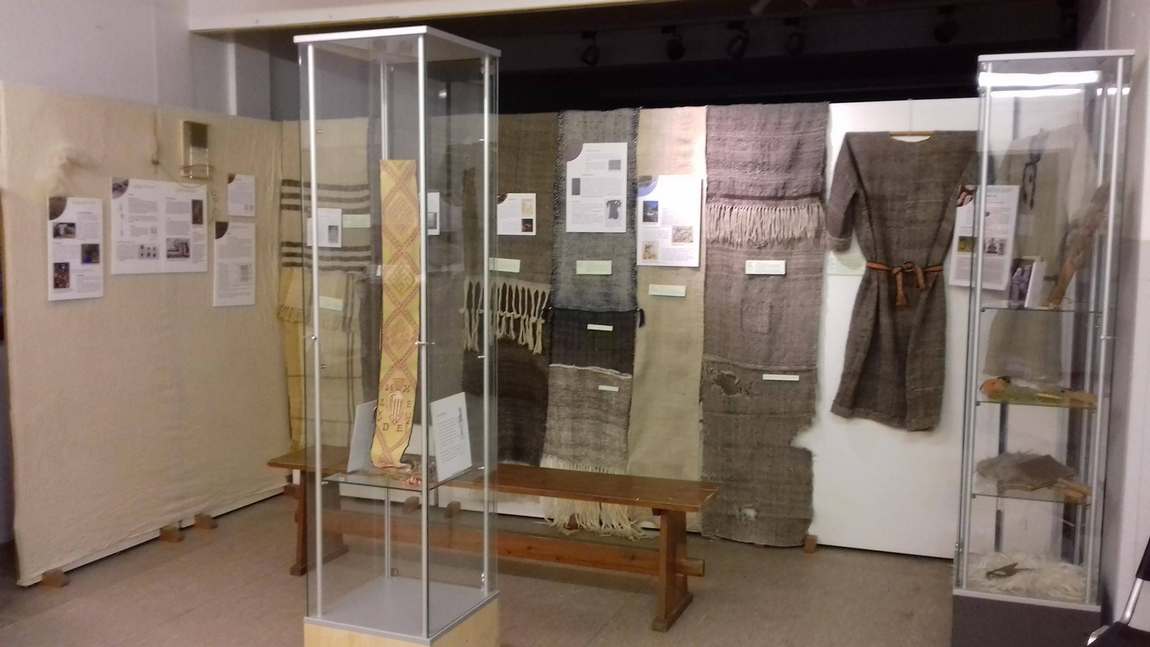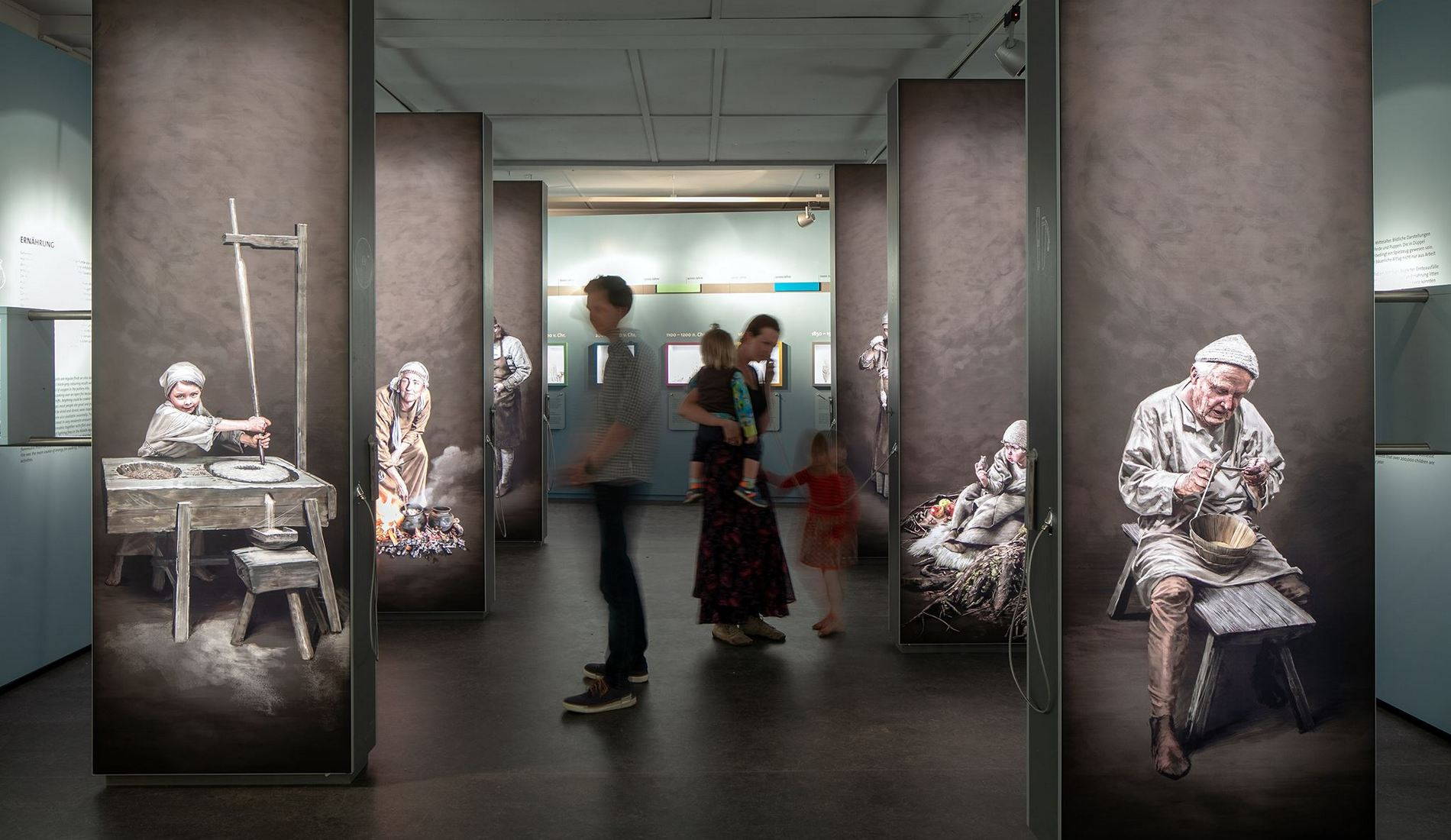Today's preschoolers have no trouble using electronic gadgets, turning on cartoons, playing games and calling their parents. But all that modernity vanishes as soon as the children are out on the grass among the squat village houses. To witness this metamorphosis, take the little ones to the Düppel Ethnographic Museum. Instead of apartment blocks, there are huts where people lived centuries ago.

The Berlin district of Zehlendorf, where the museum is located, is as quiet and peaceful as a suburb. The remains of an ancient settlement were discovered here in 1968. Scientists estimate that the village was built around 800 years ago. The buildings were rebuilt on the ancient foundations and the Düppel Museum Village is now open to visitors.
One cannot help but marvel at the ingenuity with which people used natural materials. Wood was used to build houses and roof them with straw, clay to build a barn, stone to build a hearth and bark to make beehives. The farm buildings, tools, crockery and clothing tell the story of hard work and a simple life. You can see how the land was ploughed, how rye was grown and harvested, how grain was threshed and bread baked, what plants were grown in gardens and orchards, and how yarn was spun and linen woven.

And to keep life in the village lively, there is a special playground for children. A pole, a wire hook, a ring — that's the game: throw the ring onto the hook so that it reaches and catches it and doesn't fall off. In another game, the main object is walnuts: you have to shoot them from a distance. The chance to see and touch everything becomes a game, and a child will enjoy turning the handle of a millstone or trying to get a bucket of water from a well.
Also plan a trip to the Botanical Garden of Berlin, which is 7 km from this museum.
The museum also has an apiary and a mini-farm where the animals are exactly as they would have been bred by farmers hundreds of years ago. Whether children can tell the difference between a modern and a medieval goat, sheep or pig is unknown, but no one is averse to petting a lamb or touching a pig's pink ankle.
The museum also offers information on crafts and trades — if a child knows in theory what a blacksmith is, it will be the first time they have heard of a cooper. Craftsmen demonstrate their skills and there are fairs where you can buy wrought iron and pottery, wool felting and sheep knitting, cloth and baskets.
.jpg)
On Sundays, Düppel treats his guests to dishes prepared according to old recipes: thick lentil soup, millet porridge, bread, rolls and stewed fruit. You can also enjoy the usual food and drink in the museum's café.











